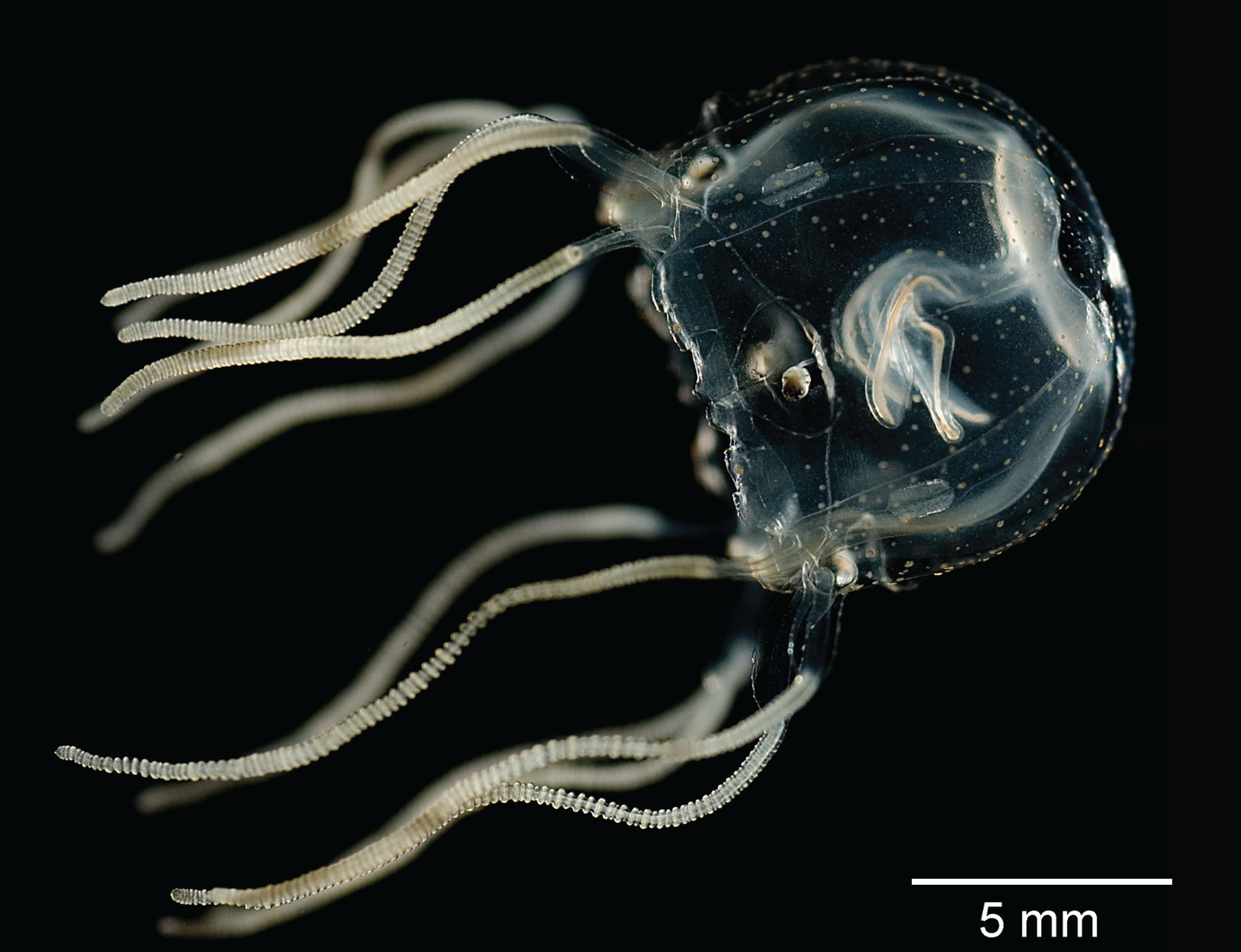Groundbreaking study uncovers the mysterous origins of ‘puposeful action’ in humans
For eons, the very essence of what compels living beings to act with intention has captivated some of the brightest intellects.

[Sept. 19, 2023: Staff Writer, The Brighter Side of News]
Study of infants offers first quantified observations of ‘emergence’ of agency or purpose in humans. (CREDIT: Creative Commons)
For eons, the very essence of what compels living beings to act with intention has captivated some of the brightest intellects, from Sir Isaac Newton and Charles Darwin to Erwin Schrödinger and Niels Bohr. This elusive puzzle, the origins of agency, has long sought a satisfying answer. Now, a groundbreaking investigation out of Florida Atlantic University (FAU) is shedding transformative light on this age-old conundrum.
Using Infants to Illuminate the Nature of Agency
Given that goal-directed action manifests within the earliest months of human life, researchers at FAU embarked on an unconventional journey to glean insights into agency. They turned to the most unlikely of subjects: human infants. The aim? To discern how spontaneous movements metamorphose into deliberate actions.
These young participants started out as mere passive spectators. The pivotal moment was initiated when one of their feet was tethered to a crib-bound baby mobile, empowering them to control its movement.
Related Stories
Utilizing state-of-the-art motion capture technology, the researchers meticulously chronicled both infant and mobile motion in a three-dimensional realm. This process, likened to "capturing lightning in a bottle," focused on discerning the precise instant of the infant's realization — the "birth of agency."
From Mere Movements to Purposeful Actions
J.A. Scott Kelso, Ph.D., the distinguished Glenwood and Martha Creech Eminent Scholar in Science at FAU's Center for Complex Systems and Brain Sciences, wrote, “Positive feedback amplifies and highlights the cause-and-effect relationship between infant and mobile motion.” This complex interplay ultimately crescendos, leading the infant to a transformative epiphany marked by a surge in their movement frequency.
To better understand and quantify this transition, Aliza Sloan, Ph.D., devised an ingenious "aha!" detector. This tool sought to pinpoint sudden bursts in infant movement rates corresponding to their newfound discovery.
What Sloan's method uncovered was staggering: the inception of agency could be characterized as a "eureka-like" transformation within a dynamic system that interweaves the infant, their neural pathways, and their immediate environment.
Reimagining Decades of Research with a New Lens
Remarkably, while the foundational design of the study has its origins in developmental studies from the late 20th century, the FAU research innovatively brought the mobile's motion into focus. By integrating coordination dynamics — a theoretical framework pioneered by Kelso and team — they provided an unprecedented and quantified look into the genesis of human agency.
When an infant’s foot is tethered to the mobile, each foot movement causes the mobile to move. Positive feedback amplifies and highlights the cause-and-effect relationship between infant and mobile motion. (CREDIT: FAU)
Their findings refute the long-standing notion of separating the infant and their environment. Instead, the research champions a view where agency emerges as a byproduct of the intricate coupling between the organism and its surroundings.
A particularly striking observation revolved around the infants' bouts of stillness. Nancy Jones, Ph.D., of FAU's Department of Psychology, emphasized the significance of these pauses, suggesting that both movement and its absence hold profound implications for our understanding of agency.
A 3D reconstruction/representation of the positions of the infant's joints (red = left side; green = right side; yellow/orange = center; and the mobile's position = blue). (CREDIT: FAU)
Elaborating on this, Kelso said, “The babies in our study have revealed something really profound: that there is action in the midst of inaction, and inaction in the midst of action. Both provide meaningful information to the infant exploring the world and its place in it.”
Tailoring Interventions Through Dynamic Insights
Beyond mere philosophical revelations, the FAU investigation has substantial real-world implications. The nuances in the infants' interaction with the mobile suggest the presence of distinct behavioral patterns during their discovery process. By recognizing and categorizing these agentive behaviors, there's potential to devise early interventions for infants deemed at risk, fundamentally reshaping their developmental trajectories.
Individual phenotypes of emerging agency during tethered phase. (A) Tethered foot displacement (blue), movement rate (red), and change (Δ) in movement rate (yellow) for infant 104 (measures scaled to fit). (CREDIT: PNAS)
Generously funded by the FAU Foundation and the National Institute of Mental Health (MH-080838) of the National Institutes of Health, this pioneering study not only uncovers the origins of agency but paves the way for groundbreaking interventions.
In an age of ceaseless scientific discoveries, the FAU study stands out, reminding us that sometimes the answers to the universe's most profound questions lie in its youngest inhabitants.
Note: Materials provided above by The Brighter Side of News. Content may be edited for style and length.
Like these kind of feel good stories? Get the Brighter Side of News' newsletter.



